Edwidge Danticat on how literature connects us

Transcript
[The words “Art Is” appear, followed by scrolling words…Empathy, Political, Hope, Powerful, Social Change…it stops at Connection. Art Is Connection.]
Edwidge Danticat, novelist: The power of art is that it can travel throughout the ages.
[At a bookstore, Edwidge reads aloud from her book, “Claire of the Sea Light”.]
“There were times, though, that she wanted to just take off, leave Ville Rose, leave Haiti and never come back.”
Edwidge: In my writing, I’ve covered immigration. We’re always going through cycles of immigration where immigrants are scapegoated. I was separated from my parents for eight years, in Haiti, while they were working here in the United States. So, for me, that’s worth exploring, because the more we know about people, the less likely we are to be prejudiced against them.
[Edwidge reads aloud in a filled auditorium.]
“There was not much English spoken in the factories where she worked. Everyone there had come from someplace else.”
Edwidge: When we read a book or when we hear a story, we know that storyteller better than sometimes we know people in our own lives. We can take away many layers of ignorance by sharing our stories.
[The words “Art is” appear, followed by scrolling words…Connection, Expression, Change, Creativity, Healing…it stops at Justice. Hashtag Art Is Justice. Agree? Share this video.]
[Ford Foundation logo: a globe made up of a series of small, varied circles.]
Accessibility Statement
- All videos produced by the Ford Foundation since 2020 include captions and downloadable transcripts. For videos where visuals require additional understanding, we offer audio-described versions.
- We are continuing to make videos produced prior to 2020 accessible.
- Videos from third-party sources (those not produced by the Ford Foundation) may not have captions, accessible transcripts, or audio descriptions.
- To improve accessibility beyond our site, we’ve created a free video accessibility WordPress plug-in.
Edwidge Danticat is a writer whose moving and insightful works across many genres enrich our understanding of Haiti and the complexities of the immigrant experience. She was born in Port-au-Prince in 1969 and moved to the United States when she was 12 years old. Her novels, memoirs, essays, short stories, and children’s and young adult books evoke the intricate layers of community, family, migration, isolation, and belonging.
With spare yet lyrical prose, Danticat recounts the painful coming of age of a young girl in her first novel, Breath, Eyes, Memory (1994), then chronicles the past and daily struggles of nine women in her National Book Award-nominated story collection Krik? Krak! (1995), and then depicts the 1937 massacre of Haitian cane workers in the Dominican Republic in The Farming of Bones (1999). In The Dew Breaker (2004), a series of seemingly disconnected stories are revealed to revolve around the same traumatic events. Danticat’s 2007 memoir Brother, I’m Dying pays tribute to her father and his older brother Joseph, an 81-year-old asylum seeker, who died while in custody of the US Department of Homeland Security in 2004. Her 2011 essay collection Create Dangerously is an exploration of, among other things, how some artists come to their art and put it in the service of others during extremely difficult times. Her 2013 Carnegie Medal finalist novel, Claire of the Sea Light, shows a coastal town and its residents fighting to both exist and co-exist. In these and other works, she provides a nuanced portrait of the intersection between nation and diaspora, home and exile, and reminds us of the power of human resistance, renewal, and endurance against great obstacles.
Danticat has worked on several films, including the documentaries The Agronomist (2003), directed by Academy Award winner Jonathan Demme, as well as Academy Award nominee Richard Robbins’s Girl Rising (2013). She has appeared in Patricia Benoit’s Haitian diaspora-centered feature film, Stones in the Sun (2012). She has also written the libretto for composer Daniel Bernard Roumain’s 2015 opera Anacaona, and lyrics for Haitian American artists Pauline Jean and Emeline Michel.
Her most recent book, The Art of Death: Writing the Final Story, was published in July 2017. It is both a memoir of her mother’s 2014 death from ovarian cancer and a profound analysis of how other writers have written about death. Her short story collection, Everything Inside is Worth Dying For, will be published in 2019. Danticat is a two-time finalist for the National Book Award; the recipient of a National Book Critics Circle Award, an American Book Award, the Hurston/Wright Legacy Award, and the Dayton Literary Peace Prize; and she was a 2009 John D. and Catherine MacArthur Foundation Fellow.
Other videos in this series

Michelle Dorrance on how tap represents social change
Art can represent social change, and tap dancer Michelle Dorrance believes the history of American culture can be seen in the history of tap—early tap dancers were catalysts for social change. By referencing the past and showing a vision for the future, dance can change the world.
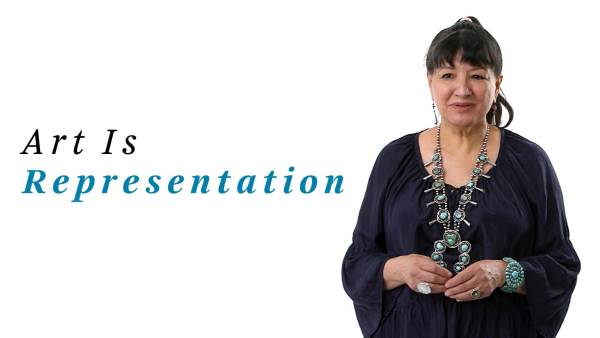
Sandra Cisneros on how art changes lives
Art can change lives for the better. Author Sandra Cisneros writes books that allow young people to see themselves represented on the page. As she says, when people see themselves represented in a way that is empowering, they feel more able to make a difference in the world.
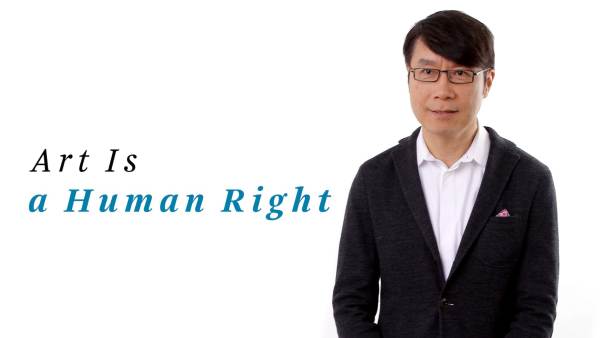
Samuel Hoi on art and human rights
Art is a way to shift reality and make an impact beyond the cultural field. Samuel Hoi cites Good Chance Theater staging shows at a refugee camp in northern France as an example of how art can uplift human rights.
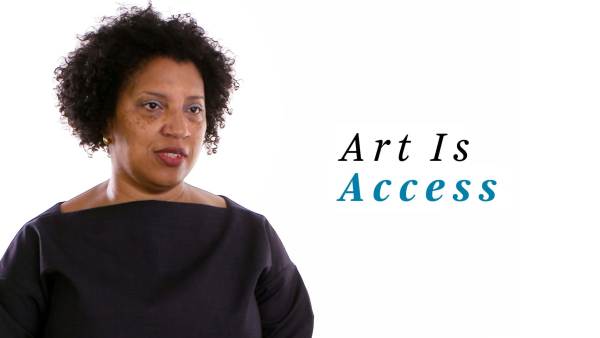
Robin Coste Lewis on how art creates access
Art can be a tool of resistance and beauty. Poet Robin Coste Lewis details how poetry helped her see her body as an aesthetic and political tool, and how art can allow marginalized communities to be seen and included.
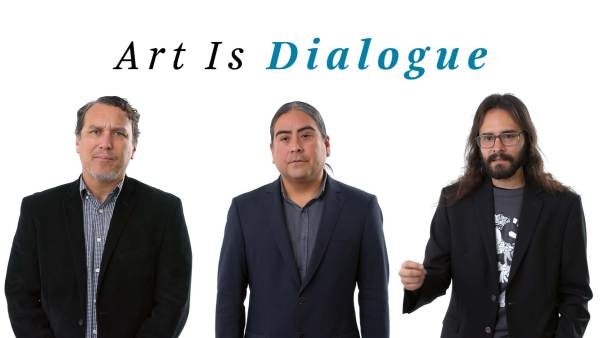
Postcommodity on using art to dialogue
Art can be used to create dialogue between people and break “us-versus-them” mentalities. The collective Postcommodity discusses how it uses art to uplift communities and ensure they have agency to communicate their own needs and desires.
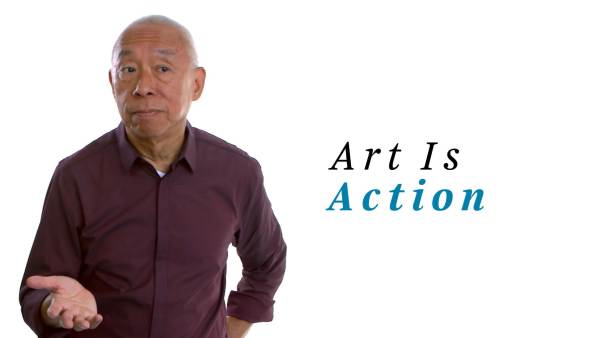
Ping Chong on using art to empower and heal
Art allows us to re-anchor into our humanity. In his work, artist Ping Chong creates spaces for ordinary citizens to speak their own truth on stage. In this way, he heals and affirms people, and helps create a society that’s more just and more humane.
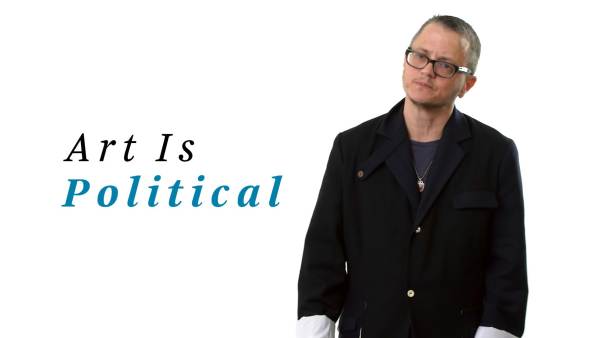
P Carl on the power of curation
Art has to be connected to the politics of our world, because it can bring us together in ways politics can’t. Theater director P Carl believes theater should be curated with the idea that everyone belongs, and in this way, it can help connect people to the issues that really matter.
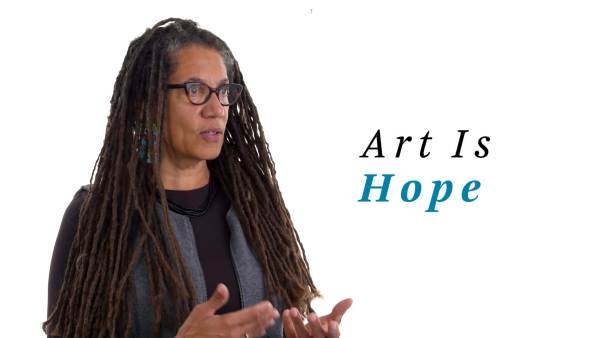
Nikky Finney on using art for change
Art can connect us across time. Poet Nikky Finney draws on stories from the past to challenge artists to continue their efforts for social change. She believes artists should heed lessons from the past and bring them into the future.

Mira Nair on cultural representation
Art gives us the ability to see other cultures and to look at the world anew. Director Mira Nair uses film to tell stories of marginalized communities that are not often represented on screen. She believes art can help people see their place in the world.
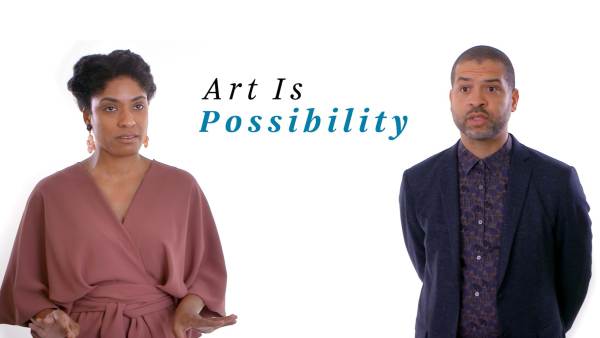
Alicia Hall Moran and Jason Moran on how art is possibility
Art has the power to make a big impact in our world. Musicians and educators Alicia Hall Moran and Jason Moran believe art has the potential to connect people and challenge inequalities. Through art, we can bridge the gap between past and present, and learn more about each other.
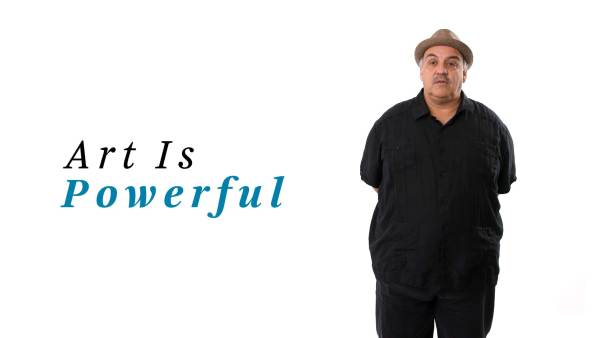
Luis Alfaro on the power of art and imagination
Art is powerful. Playwright Luis Alfaro shares how he uses art to stimulate the imaginations of those who might not be able to see a better life for themselves. He writes plays with narratives that allow people to envision themselves as free in the world.
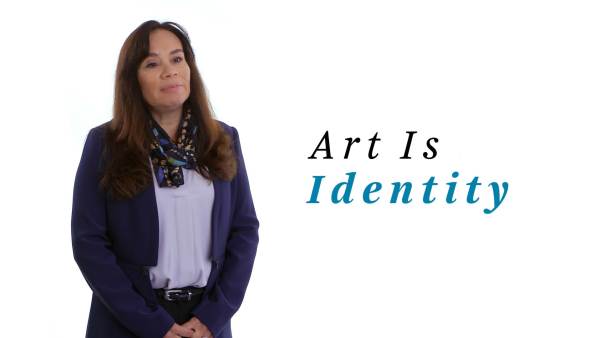
Lori Pourier on the link between art and identity
Art allows us to reveal our identities. President of First Peoples Fund Lori Pourier sees artists as changemakers in society who can help restore history and educate us about our past. In this way, artists can restore both public history and personal identity.
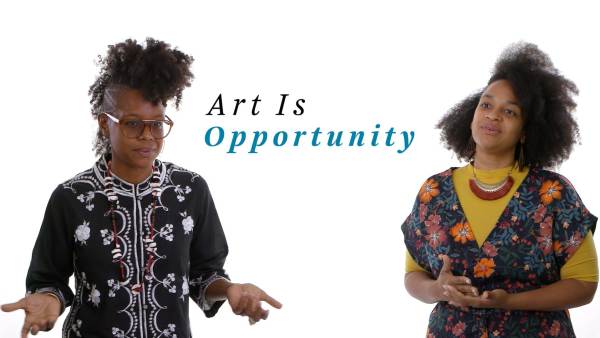
Las Nietas de Nonó on creating opportunities with art
Art gives us the opportunity to create change in communities. The art duo Las Nietas de Nonó use art to share voices of underserved communities in Puerto Rico. They believe in creating theater in alternative spaces, where people’s voices can be heard and a genuine exchange of voices takes place.
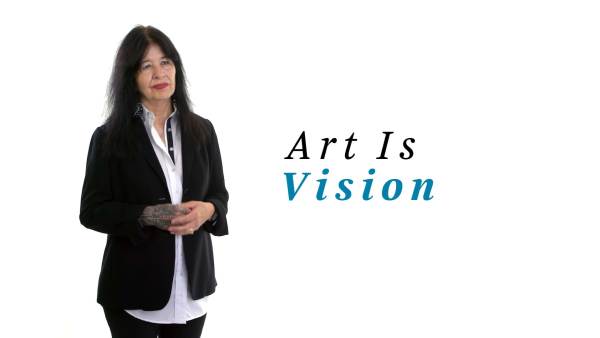
Joy Harjo on how artists have vision
Artists can give vision to a community. Poet Joy Harjo uses her art to strive for gender justice. She believes artists have a responsibility towards growing the communities they’re in, creating a vision for those around them and fostering compassion.
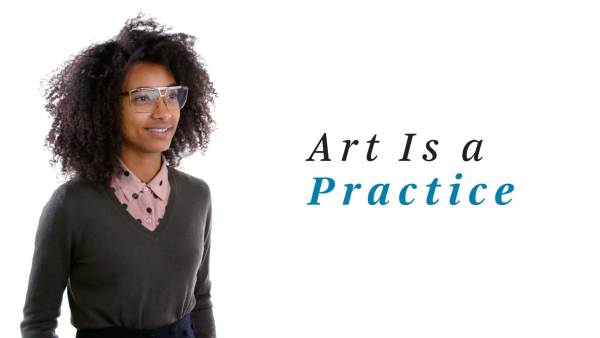
Esperanza Spalding on art as a practice
Art can help heal people. Grammy-winning musician Esperanza Spalding believes artists, through practicing their craft, can experiment and reposition their work to find the best ways to help and encourage people to transform negative situations for the better.
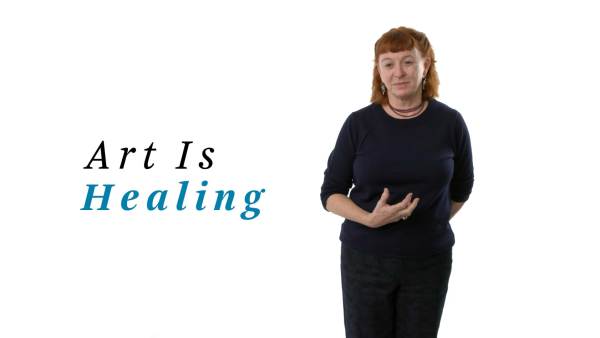
Deborah Luster on how art heals
Art encourages healing by connecting stories between people. Deborah Luster knows firsthand how art can help others heal. She channeled the pain she felt after her own loss to help bring about healing in a prison community.
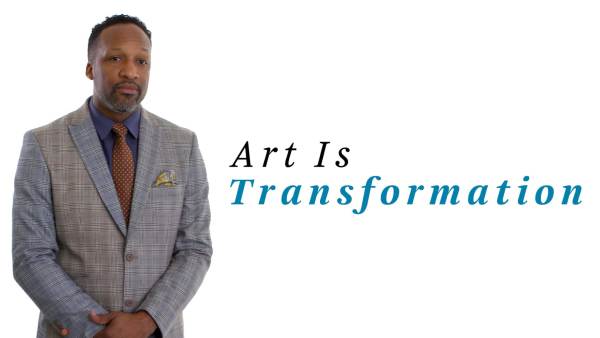
Carlton Turner on how art transforms culture
Artists are cultural strategists working to eliminate oppression and dismantle inequality, says performance artist Carlton Turner. He explains how artists take community work and engage in social transformation by giving voice to those who’ve been disenfranchised. Communities can shift because of the work artists are doing.